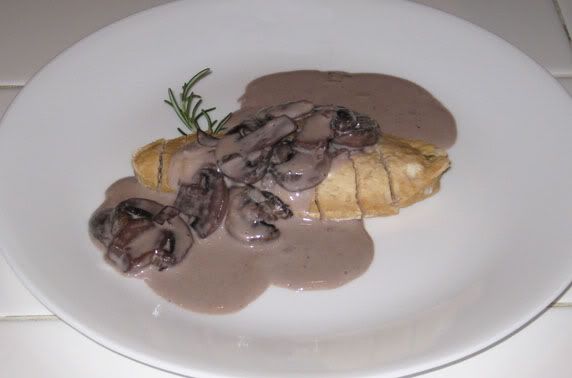Perhaps you have thought about the dozens of weeds only in your garden? Weeds don’t only asexually and reproduce sexually, but also spread as a result of spores.
A spore is a reproductive cell that is effective at developing an individual organism but without diffusion. Spores are made by microorganisms. Spores are unlike vegetables simply because they don’t have an embryo.

Simply few spores manage to land in a region having a fantastic ability to endure so that you can develop in to an individual.
Spores could put around in a dry environment for a while without water and then will be able to grow long after the spore was initially released.
More often than maybe not, the cells work almost within the same way in asexual reproduction as they do for sexual reproduction, but they can also have a separate function.
When mushrooms duplicate, unlike plants and animals they don’t create seeds, or eggs and sperm. Alternatively they produce spores. Inside the lids of mushrooms each have special cells, called differently for each mushroom. These special cells are observed in the small finishes of locations within the mushroom hat. In the mushroom top meiosis will happen. This technique will soon be breaking the whole genetic code, developing reproductive cells just comprising half the genetic information. The fungi start out with two nuclei, meaning after meiosis the reproductive cell will only contain one nucleus. It forms the two nuclei needed, and is the creation of the new mushroom. , If the two cells then incorporate
Mushroom asexual replica can also be spread not merely through the floor, but through the wind, and water nearby. More information:
Cubensis.
You need to be a member of Skills for the Future to add comments!
Join Skills for the Future